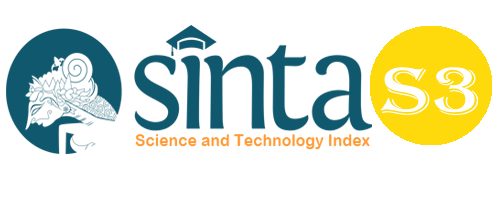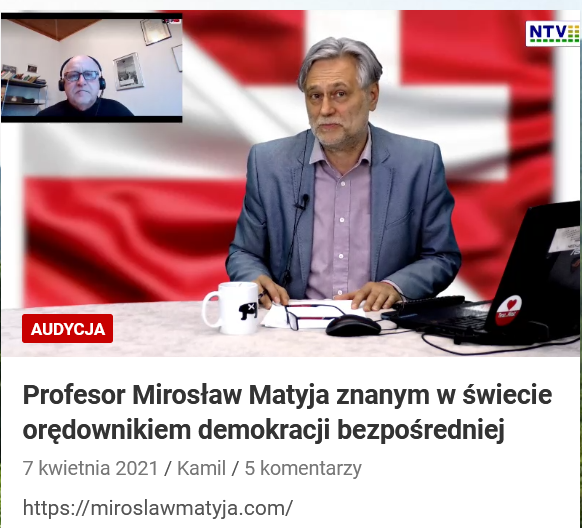Language Politeness on Mata Najwa’s Talk Show with Covid-19 Theme: Sociopragmatics
Abstract
This study aims to analyze language politeness on Mata Najwa’s talk show with Covid-19 theme based on sociopragmatic studies. The theory in this study is the theory of Brown and Levinson. Brown and Levinson's theory has 2 politeness strategies, namely positive politeness strategies and negative politeness strategies. This study used descriptive qualitative method. The data used in this study are the sentences contained in the conversational interactions between the presenter and the resource person. The source of the research data is the conversational interaction between the presenter and the resource person. The data collection technique in this study was the researcher working on the data already in the video and then analyzing it. The result of the research is that not all politeness strategies are found in conversational interactions on the Mata Najwa’s talk show. The result of the research is that using a group identity marker (positive politeness strategy) is more dominant than the question/fence strategy (negative politeness strategy).
Keywords
Full Text:
PDFReferences
Brown, P dan S.C. Levinson. (1987). Politeness: Some universals in language usage. Cambridge: Cambridge University Press.
Cahyani, D dan Fathur Rokhman. (2017). Kesantunan berbahasa mahasiswa dalam berinteraksi di lingkungan Universitas Tidar: Kajian sosiopragmatik. Jurnal Pendidikan Bahasa dan Sastra Indonesia.
Cahyaningrum, F., Andayani, dan Budhi Setiawan. (2018). Kesantunan Berbahasa Siswa dalam Konteks Negosiasi di Sekolah Menengah Atas. Jurnal Pena Indonesia, Vol. 4, No. 1.
Djajasudarma, F. (1993). Metode Linguistik Ancangan Metode Penelitian dan Kajian. Bandung: Eresco.
Kusumaswarih, K. K. (2018). Strategi Kesantunan Berbahasa Dalam Pembelajaran Bahasa Indonesia. Jurnal Belajar Bahasa, Vol. 3, No. 2.
Leech, G. (1993). Prinsip-prinsip Pragmatik (terj. Oka). Jakarta: UI Press.
Mahsun. (2005). Metode Penelitian Bahasa: Tahapan strategi, metode, dan tekniknya edisi revisi. Jakarta: PT Raja Grafindo Persada.
Nurjamily. (2015). Kesantunan berbahasa Indonesia dalam lingkungan keluarga (kajian sosiopragmatik). Jurnal Humanika, Vol. 3, No. 15.
Putrayasa, I. B. (2014). Pragmatik. Yogyakarta: Graha Ilmu.
Raymonda, A, dkk. (2016). Analisis sosiopragmatik pada tindak tutur komunitas pemain game online di Kota Solo. Prasasti: Journal of Linguistics, Vol. 1, No. 2.
Sumekar, R. R, Supriyadi, dan Sri Indrawati. (2018). Kesantunan berbahasa pada acara talkshow mata najwa di metro TV. Jurnal Logat, Vol. 5, No. 1.
Tekkay, A., Meity Himpong, dan Ridwan Paputungan. (2017). Persepsi masyarakat tentang talkshow “Mata Najwa” di metro TV (Studi pada masyarakat bahu kecamatan Malalayang). Jurnal Acta Diurna, Vol. 6, No. 2.
Ulvana, N. (2017). Kesantunan berbahasa dalam wacana SMS mahasiswa pada dosen program studi pendidikan bahasa dan sastra indonesia dan implikasinya terhadap pembelajaran bahasa indonesia di SMA. Lampung: Universitas Lampung.
Yule, G. (1996). Pragmatics. USA: Oxford University Press.
DOI: https://doi.org/10.33258/birci.v5i1.4059
Article Metrics
Abstract view : 92 timesPDF - 44 times
Refbacks
- There are currently no refbacks.

This work is licensed under a Creative Commons Attribution-ShareAlike 4.0 International License.

This work is licensed under a Creative Commons Attribution-ShareAlike 4.0 International License.

_.gif)

















_.gif)



